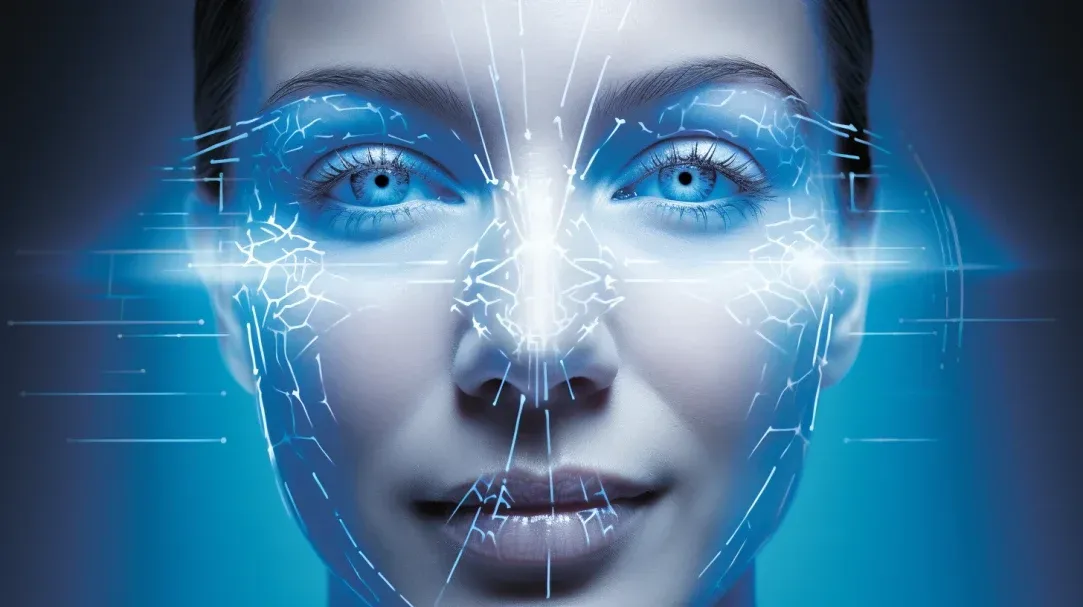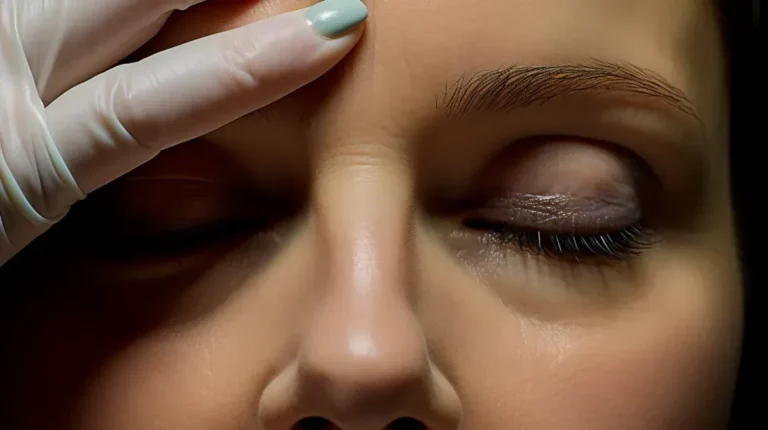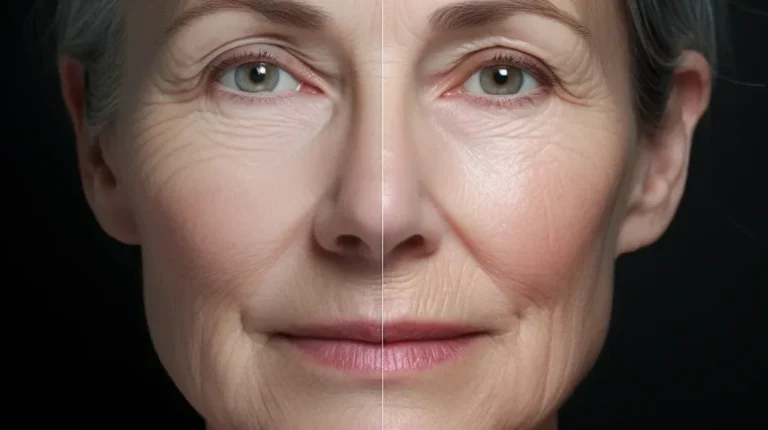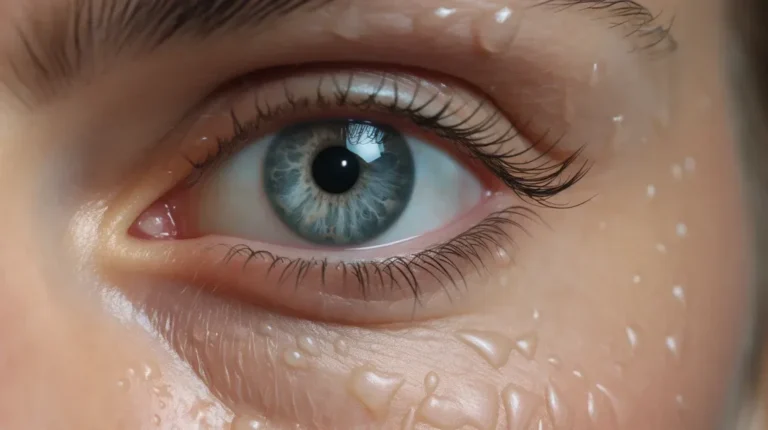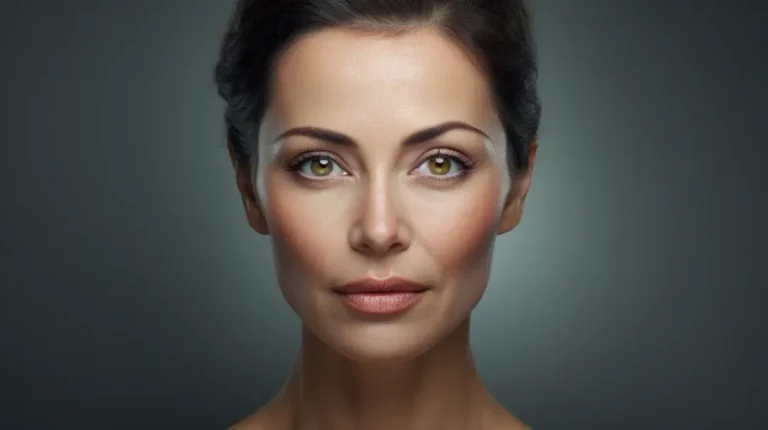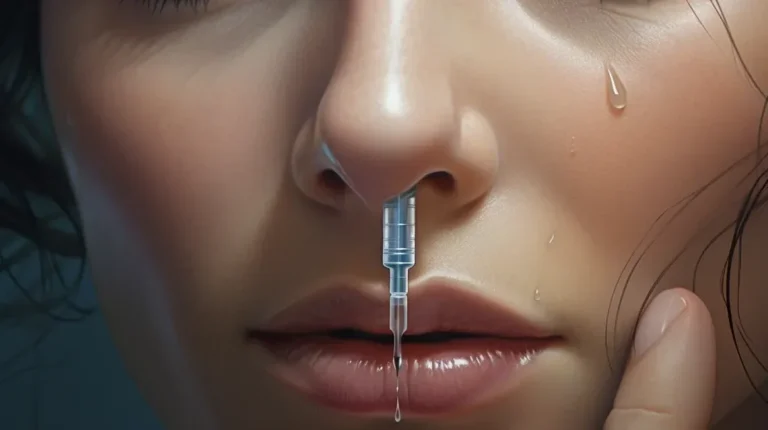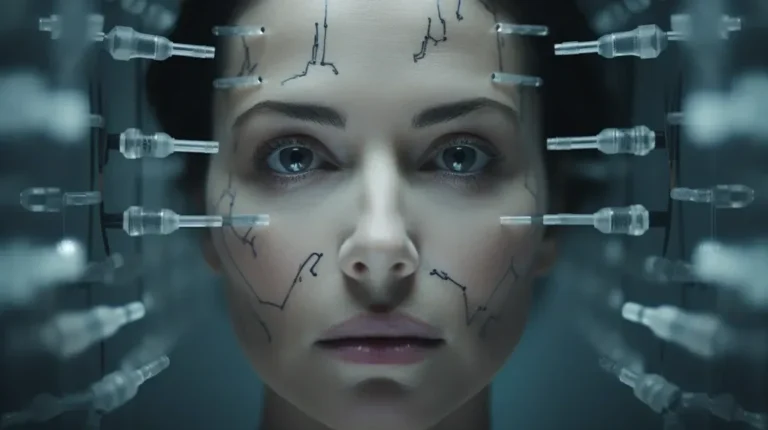What Is Botox: a Comprehensive Guide
Are you ready to unlock Botox’s secrets? What is botox? Look no further!
In this guide, we’ll take you through this remarkable treatment’s science, applications, safety, and efficacy. Whether you’re seeking to erase wrinkles, rejuvenate your face, or explore medical uses, we’ve got you covered.
You’ll gain a deep understanding of Botox’s potential with clear explanations, visuals, and the latest research.
So, get ready to dive in and discover everything you need to know about this game-changing procedure.
Key Takeaways Of “What Is Botox”
- Botox is a neurotoxin that is commonly used for cosmetic purposes, but it also has therapeutic applications.
- Technology advancements have led to personalized Botox treatments that aim for natural-looking results.
- The safety and efficacy of Botox treatments have been extensively studied, and Botox is considered a safe procedure when administered by trained professionals.
- Botox is just one option among many cosmetic procedures, and comparing and considering alternative treatments is essential before deciding.
The Science Behind Botox
Botox, a neurotoxin derived from Clostridium botulinum, functions uniquely in cosmetic and therapeutic applications. Understanding its scientific basis is vital to recognizing its widespread use:
- Botulinum Toxin Type A:
- Botox is a purified form of Botulinum toxin type A, a neurotoxin produced by Clostridium botulinum bacteria.
- Its primary action is to block nerve signals, particularly those that cause muscle contraction.
- Mechanism of Action:
- Botox works by inhibiting the release of acetylcholine, a neurotransmitter that signals muscles to contract.
- When injected into specific facial muscles, it causes temporary paralysis, leading to the relaxation of those muscles.
- Cosmetic Benefits:
- This muscle relaxation results in the reduction of dynamic wrinkles (formed by facial expressions) and the prevention of new wrinkle formation.
- Regular treatments can lead to prolonged wrinkle reduction and improved skin appearance.
- Safety and Administration:
- Botox injections are relatively safe when administered by experienced healthcare professionals.
- Proper dosage and injection technique are crucial for achieving desired results and minimizing side effects.
- Additional Therapeutic Uses:
- Beyond cosmetic applications, Botox is also used for various medical conditions, such as chronic migraines, excessive sweating, and specific muscle spasms.
Understanding the science behind Botox provides insights into its effectiveness and versatility as a cosmetic and therapeutic agent. The precision in its use harnesses its benefits while ensuring patient safety.
Cosmetic and Therapeutic Applications
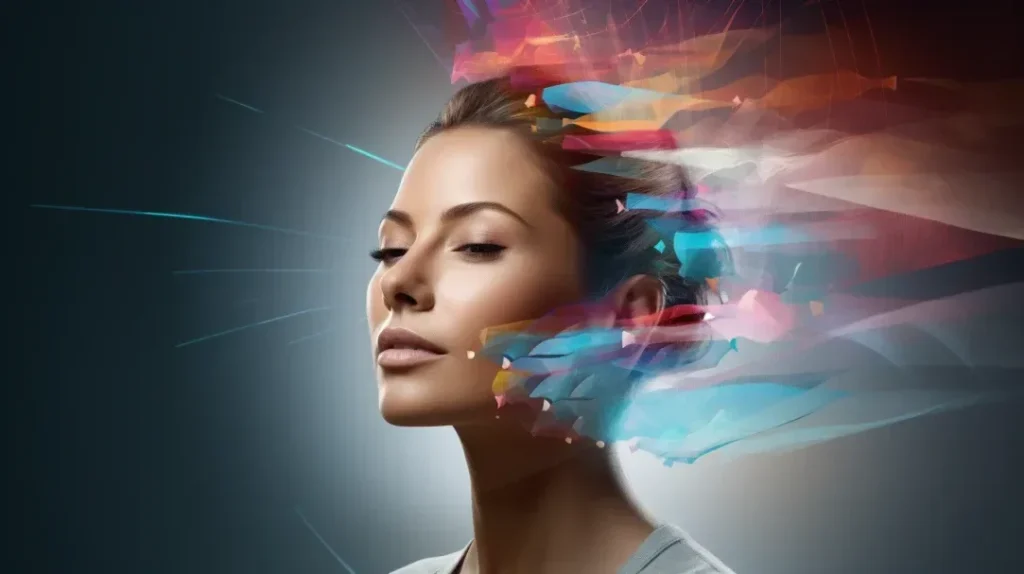
Botox, known for its cosmetic and therapeutic versatility, serves various needs, from enhancing aesthetics to treating medical conditions:
- Cosmetic Applications:
- Wrinkle Reduction: Primarily used to smooth out facial wrinkles, including forehead lines, crow’s feet, and frown lines.
- Facial Contouring can subtly alter facial contours, like softening a square jawline.
- Brow Lift: Offers a non-surgical option to lift and shape the eyebrows.
- Therapeutic Applications:
- Chronic Migraines: FDA-approved for reducing the frequency of migraine headaches.
- Hyperhidrosis: Effectively treats excessive sweating by blocking nerve signals to sweat glands.
- Muscle Spasms: Used in conditions like cervical dystonia or blepharospasm (eyelid spasms).
- Procedure and Safety:
- Administered via injections by a trained healthcare provider.
- Side effects are generally mild and temporary, including bruising or discomfort at the injection site.
- Duration and Maintenance:
- Effects last about 3-6 months, depending on individual factors.
- Periodic maintenance treatments are necessary for sustained results.
- Cost Considerations:
- Varies based on treatment scope, geographical location, and provider’s expertise.
- Generally not covered by insurance when used for cosmetic purposes.
Understanding the full spectrum of Botox’s applications helps individuals make informed decisions about their treatment options, whether for aesthetic enhancement or medical relief. It’s essential to consult with a qualified professional to determine the best approach for your specific needs.
Safety and Efficacy of Botox
Botox’s safety and effectiveness have been vital to its widespread adoption in cosmetic and therapeutic fields. Here’s an overview of its reliability and performance:
- Safety Profile:
- Botox is FDA-approved for specific uses, attesting to its safety when used as directed.
- It has undergone extensive clinical trials, confirming its safety for various applications.
- Adverse effects are generally mild and temporary, such as minor bruising or discomfort at the injection site.
- Efficacy in Treatment:
- It has proven effective in reducing the appearance of dynamic wrinkles, resulting in smoother skin.
- In therapeutic use, Botox has shown significant efficacy in treating chronic migraines, muscle spasms, and hyperhidrosis.
- Minimal Recovery Time:
- Most individuals experience little to no downtime, allowing a quick return to daily activities.
- Any side effects, such as mild swelling or redness, typically resolve quickly.
- Pre-Treatment Consultation:
- Discussing medical history and treatment goals with a healthcare provider ensures a personalized and safe treatment plan.
- A thorough consultation helps set realistic expectations and assess potential risks.
- Choosing the Right Provider:
- Opt for experienced and certified professionals who adhere to regulatory standards.
- A reputable provider will ensure proper technique and follow-up care, maximizing treatment benefits.
In summary, Botox’s safety and efficacy and minimal recovery time make it a popular choice for those seeking cosmetic enhancements or relief from certain medical conditions. As with any medical treatment, choosing a qualified provider and understanding the procedure is crucial for the best outcomes.
Comparing Botox With Alternatives
You may wonder how Botox stacks up against other alternatives when considering cosmetic procedures. Botox consultation is essential in understanding the procedure and its potential benefits.
Separating botox myths and facts is crucial to make an informed decision. Botox, a neurotoxin, works by temporarily paralyzing muscles to reduce the appearance of wrinkles. Patient eligibility for Botox depends on factors such as overall health and specific medical conditions.
Regarding aesthetic outcomes, Botox has been proven effective in rejuvenating the face and reducing the signs of aging. However, non-surgical alternatives like dermal fillers and laser treatments also offer viable options for facial rejuvenation.
Consulting with a qualified healthcare provider will help determine the best option for achieving your desired results.
Latest Advancements and Research
To delve into the latest advancements and research surrounding Botox, let’s explore the evolving landscape of this cosmetic treatment and its expanding applications.
- Injection techniques: Researchers constantly develop advanced Botox techniques to enhance precision and effectiveness.
- The microdroplet technique injects small amounts of Botox into multiple points for a more natural-looking result.
- Layering technique: By injecting Botox at different depths, practitioners can target specific muscles for optimal results.
Long-term effects of Botox: Recent studies have shown that repeated Botox treatments may lead to longer-lasting effects, reducing the frequency of injections for some patients.
Alternative treatments: Besides Botox, alternative treatments are available for cosmetic rejuvenation, such as dermal fillers, laser therapy, and chemical peels. It’s essential to consult with a qualified healthcare provider to determine the most suitable option based on individual needs and goals.
Patient satisfaction: Patient satisfaction with Botox treatments has led to its continued popularity. Ongoing research focuses on improving patient outcomes and addressing individual concerns.
Engaging and Readable Content
To ensure that readers can easily engage with and comprehend the information presented, it is vital to create content that is both informative and accessible. One effective way to achieve this is by incorporating various techniques that cater to different learning styles and preferences. For example, visual aids such as diagrams and before-and-after photos can help illustrate the concepts and outcomes of Botox treatments.
Process flowcharts can provide a step-by-step understanding of the injection process. Additionally, using subheadings and bullet points can help organize the content and make it easier to navigate. Including a Q&A section can address common queries and provide further clarity. By implementing these strategies, you can ensure that your content is engaging, readable, and readily understood by a diverse audience seeking information about Botox, fillers, cosmetic dermatology, treatment frequency, post-treatment guidelines, and patient demographics.
| Technique | Description | Benefit |
|---|---|---|
| Visual aids | Diagrams, photos | Illustrate concepts |
| Process flowcharts | Step-by-step understanding | Clarify injection process |
| Subheadings | Organize content | Easy navigation |
| Bullet points | Key takeaways | Highlight important information |
| Q&A section | Address common queries | Provide further clarity |
Frequently Asked Questions
What Are the Potential Long-Term Effects of Botox Treatment?
The potential long-term effects of Botox treatment include temporary muscle weakness, drooping eyelids, and difficulty swallowing. It’s essential to consult with a healthcare provider to understand the risks and benefits specific to your situation.
Can Botox Be Used to Treat Medical Conditions Other Than Wrinkles?
Yes, Botox can be used to treat medical conditions other than wrinkles. It has therapeutic applications for migraines, muscle spasms, excessive sweating, and more. Consult a healthcare provider for personalized advice.
How Do Healthcare Providers Determine if a Patient Is Eligible for Botox Treatment?
Healthcare providers determine your eligibility for Botox treatment based on your medical history, current health conditions, and desired outcomes. They will assess if Botox suits you and discuss potential risks or side effects.
Are There Any Non-Surgical Alternatives to Botox for Facial Rejuvenation?
There are non-surgical alternatives for facial rejuvenation. Options like dermal fillers, laser treatments, and chemical peels can help reduce wrinkles and improve skin texture without Botox.
What Are the Regulatory Standards for Botox Treatments and the Ethical Considerations Involved?
Regulatory standards for Botox treatments ensure safety and efficacy. Ethical considerations involve informed consent and patient well-being. Stay informed on industry updates to provide the best care.
Conclusion
So there you have it, a comprehensive guide to Botox! We’ve covered everything from the science behind it to its various applications, safety, and efficacy.
With advancements in technology and a growing understanding of its therapeutic uses, Botox continues to evolve. You can make an informed decision by comparing it to alternative procedures and exploring the latest research.
So dive into the world of Botox and discover all you need to know for natural-looking results and potential medical benefits.

